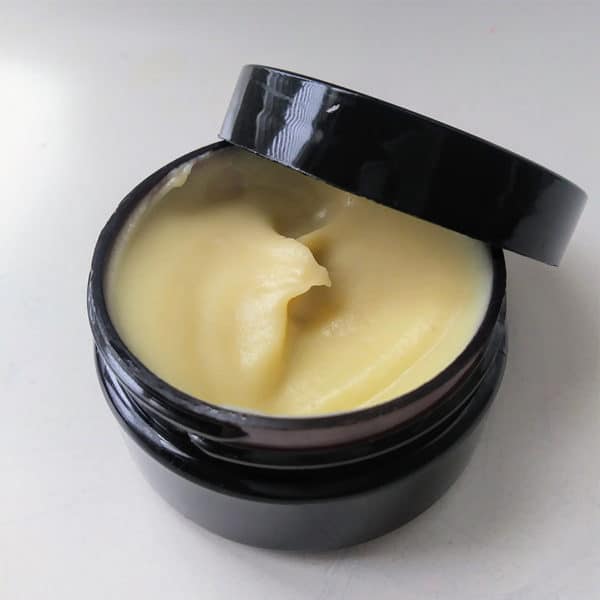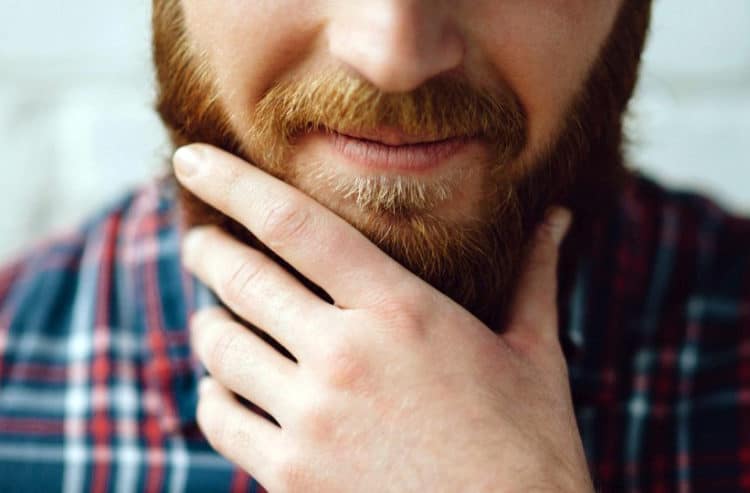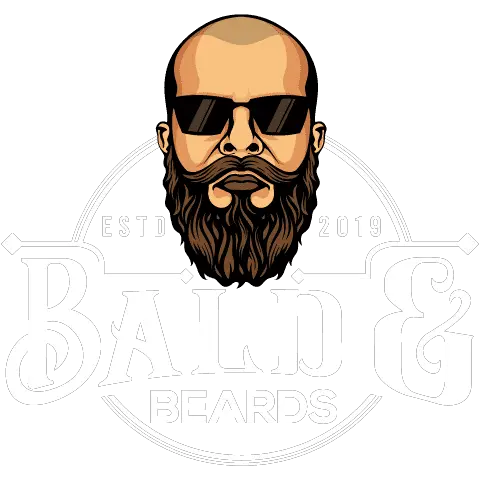Have you ever found yourself staring at similar packaged products for “beard balm” or “beard butter”, and just thought they were different names for the same product? Well, we’re glad you stopped here as they’re totally different beard products.
Simply put, beard balm is a wax-based product used to keep a beard conditioned and styled. Whereas beard butter is made from shea butter, natural oils and without wax to manage an itchy, dry beard. Beard butter is the better moisturizing option, while beard balm is better for beard taming.
That may be true for some brands, but we looked into beard balm vs beard butter to see if there are any skin care considerations for balms and butters. Here’s what we found out about these beard care products.
The main difference between beard balm and beard butter comes down to texture, ingredients, and purpose.
Both have the potential to soften your beard with a pleasant scent, while other products like beard wax or beard oil may cause issues with sensitive skin.
Here’s a quick breakdown between these two great products:
What is Beard Balm?
Beard balm is a moisturizing beard conditioner derived from beeswax, shea butter, and essential oils. Formulas typically target dry skin, coarse beard hair, hair growth, and unique scents, such as sandalwood and cedar.
Check out the Best Beard Balms. We’ve reviewed to top products based on quality, user ratings and price.

What is Beard Butter?
Beard butter is a creamy moisturizer consisting of shea butter and essential oils that adds shine and a lightweight scent to your beard. Unlike beard balm, there’s no beeswax added to beard butter, so it’s less sticky and moisturizes better.

As you’ve probably guessed, wax is one of the many ways that these two beard care products differ, but you may also want to check your skin type before purchasing one of these products, as topical products can lead to breakouts.
1. Soften Beard Hair
Beard balms help your hair absorb more nutrients. With different amounts of beeswax and shea butter, balms add a protective layer to your skin and hair.
These beard grooming products also coat your hair in carrier oils like jojoba oil and essential oils like sandalwood, but they absorb more slowly than with beard oil or beard butter.
Over time, using beard balm can soften coarse, wiry beard hair for a more manageable beard. Some balms also have a higher hold strength, which lets you shape and sculpt your beard hair.
Beard butter doesn’t necessarily soften hair, but will provide a nice shine and a pleasant scent for your beard.
While it’s best used as a skin moisturizer (more below), beard butter doesn’t stay on hair long enough like a beard balm.

2. Beard and Skin Moisturizing
Beard butter has moisturizing ingredients perfect for easing dry skin, beard itch, and dandruff problems while also providing shine and a pleasant scent for your beard. Though it’s best for dry skin relief, it’s not recommended for oily or acne-prone skin.
Beard balms typically work well when growing a beard out as the wax helps it stick to your hair, and where you wouldn’t massage a balm into your skin like beard oil or butter.
However, some users have reported beard butter was simply too oily and exacerbated existing issues with acne around beard hair. This may be due to its higher concentration of oils and shea butter.
If you know your skin overproduces sebum and have oily skin, it’s best not to go with beard butter. You should look for a tea tree oil balm or oil that won’t create more sebum production.
3. Different Ingredients for Different Problems
While both beard balms and beard butters feature essential oils, beard balm has a distinctive ingredient that makes it better for the style and shape of your beard. Beeswax!
With beeswax, balms have a tackier texture that thickens your hair follicles, protecting from debris and pollutants that get into your beard hair throughout the day.
That said, beard butter has a creamy texture that coats your hair and skin, adding moisture with no styling ingredients. This makes it better for skin healing, rather than facial hair styling.
4. Nighttime or Daytime Use
There are a ton of energizing beard balms with caffeine in the formula which is great for morning routines and before work.
Beard balms work slowly, absorbing into your beard hair over the course of the day, but that won’t work with a creamy moisturizer like beard butter.
Beard butters work better for hydrating your skin and hair over time, which makes it better for nighttime use.
5. Beard Styling
The better styling product for your beard care routine is definitely a balm. These are made to have customizable control over your beard using wax.
When using a maximum hold utility balm for longer beards, it’s easy to sculpt facial hair into unique styles like the ducktail beard or pointed beard.
For a shiny, high-quality beard, you can work beard butter through your beard using a comb, but it won’t help with styling your beard.
Which One Should You Use?
- For softening beard hair and styling hold, use beard balm.
- For a skin moisturizer and healthy beard shine, use beard butter.


